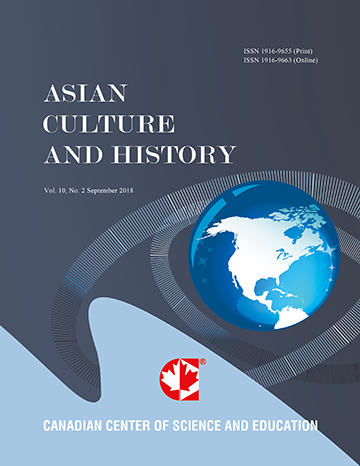Legacy of the One-Child Policy: Marriage Dilemmas in Urban and Rural China
- Yujia Gu
Abstract
China’s one-child policy, the family planning policy enforced in 1980, continued for almost 36 years and created a lasting impact on both China’s declining total fertility rate (TFR) and its sex ratio imbalance. This paper discusses the marriage dilemma caused by the one-child policy and its separate outcomes in urban and rural areas. In urban areas, the expense for childbearing, the equated monthly installment (EMI) payments, and the self-consuming nature of marriage contributed to the declining marriage rate as well as the TFR. In rural settings, the surplus of single men due to the entrenched “son preference” created a demand for the bride-trafficking market, an industry of purchasing a bride as a form of property. In this paper, I conclude that the marriage crisis and its side effects are the legacies of the one-child policy, and the Chinese government needs to craft effective approaches in addressing these problems.
- Full Text:
 PDF
PDF
- DOI:10.5539/ach.v14n2p173
Journal Metrics
Google-based Impact Factor (2017): 5.42
h-index (January 2018): 11
i10-index (January 2018): 21
h5-index (January 2018): 6
h5-median (January 2018): 9
Index
- Academic Journals Database
- CNKI Scholar
- COPAC
- EconPapers
- Elektronische Zeitschriftenbibliothek (EZB)
- Excellence in Research for Australia (ERA)
- Genamics JournalSeek
- Google Scholar
- Infotrieve
- LOCKSS
- MIAR
- NewJour
- Open J-Gate
- PKP Open Archives Harvester
- Publons
- RePEc
- Scilit
- SHERPA/RoMEO
- Standard Periodical Directory
- Technische Informationsbibliothek (TIB)
- The Keepers Registry
- Universe Digital Library
- WorldCat
Contact
- Ivan YongEditorial Assistant
- ach@ccsenet.org
